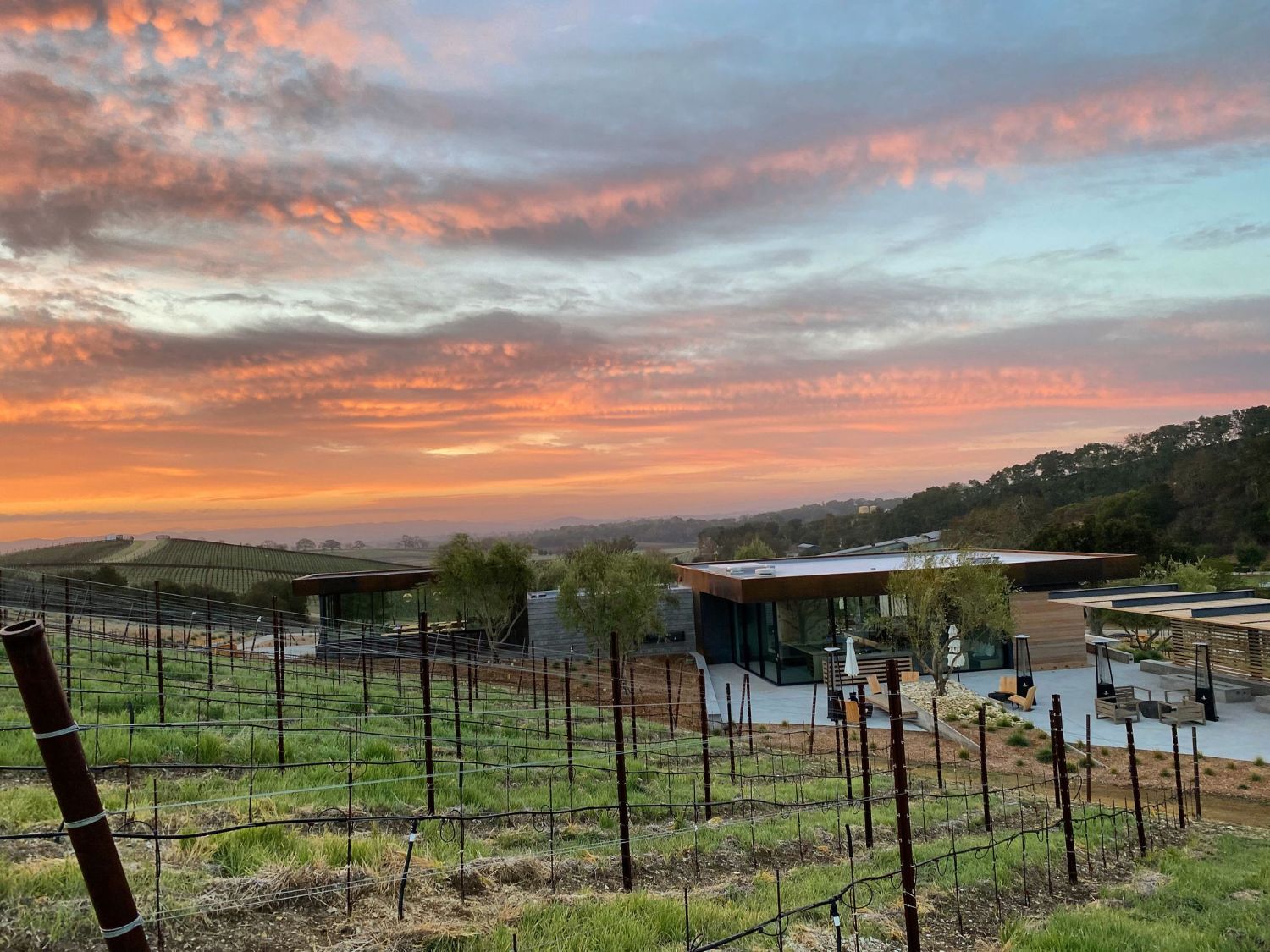
This article originally appeared in the October issue of NCGA Golf Magazine
By Ted Johnson
When it comes to vintages that are true markers of a California wine region, none are rising faster in popularity among connoisseurs as well as critical recognition within the industry as “GSM.”
The initials stand for Grenache, Syrah and Mourvèdre grapes. Each variety adds singular features tasted on the palette – Grenache for sweetness, Syrah for body or fullness, and “Mouve” for tannins. It is a challenge for the winemaker, to say the least, as each grape type must be managed from the vine to the barrel; a three-varietal juggling act, but GSM vintages from Paso Robles have come to make wine connoisseurs spin with delight.

Vineyards like Linne Colado and Booker, to name two, sit on the southwest side of the city on hillsides that climb out of the live oaks to bask in summertime temperatures often in the 90s and higher. This region differs from the Napa and Sonoma valleys by being, for the most part, newer, smaller in terms of production facilities, and much more personal. That’s one way of saying there’s a good chance you will meet the winemaker in the tasting room. Alas, there’s very little corporate takeover as in Napa.

Example 1A: Matt Trevisan, founder, builder and winemaker of Linne Colado. A 53-year-old bio-chem major out of Cal Poly San Luis Obispo who was so poor and so low when he started in the industry, he was sleeping in his car. Stints as forklift driver and warehouse manager at White Horse and Justin – long-established wineries in Paso – gave him the knowledge and drive to start on his own.
Linne Colado – so named after the soil makeup in his vineyards – started in 2002. He expanded in 2008, and his passion is what he calls not wines but “photographs.” Each year offers different conditions and challenges that becomes a unique vintage. The wine is just a snapshot of those conditions. And that can become tricky when there’s a third Grenache, a third Syrah, 27% Mourvèdre and 9% Granciano.

“I may take a picture of you one year, and then a year later I’ll take another and you’ll be wearing different clothes, maybe your hair is longer,” said Trevisan under an aged baseball cap marked by dust and sweat. “My wine is the same way.”
Cabernet sauvignon and chardonnay often incorporate other varietals, minimally so, but Trevisan’s and other GSMs are “blends” of a major scale. Each percentage point comes through in the tasting. Linne’s Rising Tides breaks down to 32% Grenache, 32% Syrah, 27% Mourvèdre, and 9% Graciano.
It doesn’t take long when visiting with Trevisan as he drives around his vines or walks you through the barn full of barrels to understand he’s definitely obsessive – in a good way. The vineyards, the guest house atop the property, the barn were all constructed by him. The same goes for his wines. “I blend like a dictator,” he said.

California’s Tuscany
“Paso,” as it’s called by the locals, is divided by Highway 101, with State Route 46 coming in from the east on the city’s north side and then continuing west on the south towards Cambria and Hearst Castle. Here the hillsides are more like Tuscany, and the diurnal effect – in which temperatures climb during the day and then recede in the night – allows for the red varietals to excel.
For a full wine experience, Paso and its 100-plus wineries in the region might make it more than enough for a one-day excursion. If you want a one-stop experience, there’s Tin City. Located on the south side of Paso, it consists of old agriculture buildings now transformed into tasting rooms, shops and restaurants, showcasing the best of the region.

Paso Robles is also graced by two golf courses. On the south side is Palo Robles Country Club, and on the northeast side is perhaps the best public course from Laguna Seca to Nipomo, Hunter Ranch GC. It opened in 1994 and earned rave reviews for its layout among the oaks and hillsides. Outside play costs $125 on weekends, $105 on weekdays, but the way the course works up and down the hills with fairways lined on both sides by oaks makes Hunter a compelling experience. The ranch-style restaurant befits the Western vibe perfectly.
Larger-scale vinters like J. Lohr and Justin all have their own tasting experiences in Paso Robles. Linne Colado and Booker feature high-end wines with retails costs ranging from $60 to about $100. A bottle of Booker’s 2022 Fracture – which is another exquisite GSM – and the Rising Tides run about $100, but both still considerably cheaper than the best cabernets in the Napa Valley.
Many might consider these “library” wines, meaning you take them home and put them in the cellar to age. But according to Jonah Dewhurst, who provided the tasting, winemaker Eric Jensen doesn’t buy into that. “Eric believes it can’t be a great wine unless you can take it home and drink it right away,” said Dewhurst.
Finally, now that wine has come to be so prominent, it’s easy to forget that Paso Robles also takes great pride in its meat, thanks to its long history of cattle husbandry. The local favorite found in nearly all of the restaurants and even in liquor stores is barbecued tri-tip, and it’s difficult to imagine a more compelling compliment to GSM.